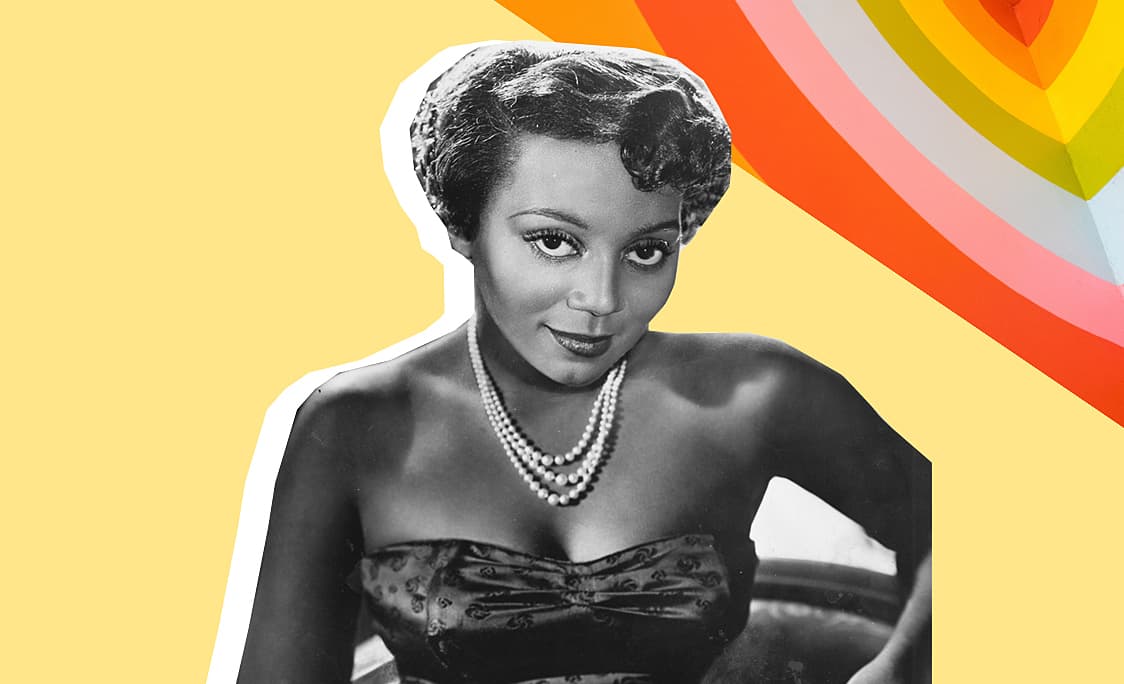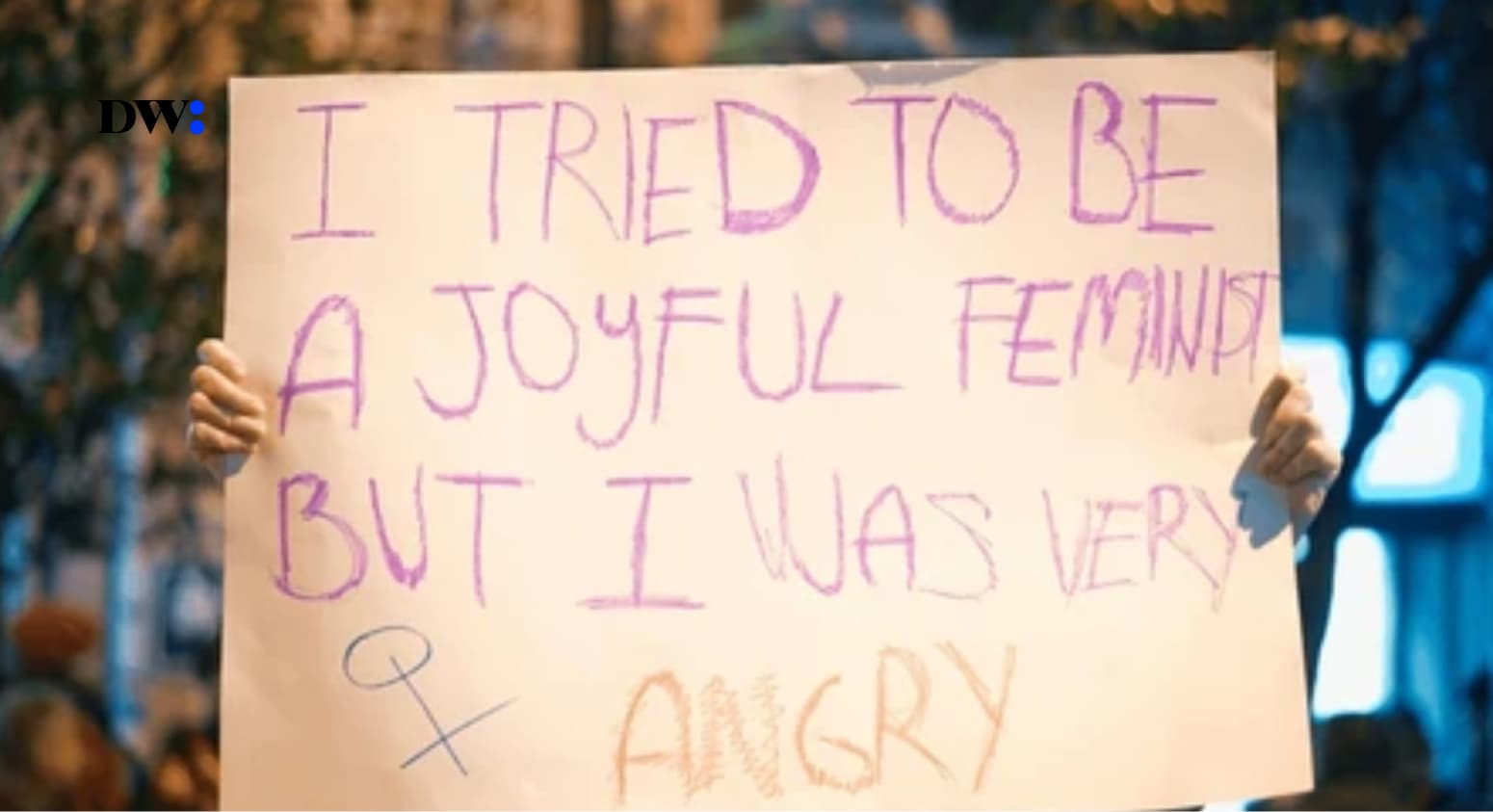On November 20, Joyce Bryant died, and there was very little buzz around her death. In the years leading up to her death, Joyce had Alzheimer’s and Diabetes and was taken care of by her Niece Robyn Lebeaud, who describes her as the first sex symbol for dark-skinned black women.
An obituary and celebration of her life, in Essence, tells me a lot about her life; there is a three-minute video of her performance; I watch it and listen to that 4.5-octave voice shine through. In the end, as I watch her perform, I think that it is the first time I have ever seen an unambiguous black woman performing in the 1950s. Her performance is beautiful, and she oozes grace and sex appeal, which is quite shocking for the time.
Joyce Bryant was raised in San Bryant and was the third of eight children; she was born in Oakland, San Francisco. Whitfield W. Bryant, her father, was a cook for the Southern Pacific Railroad from 1904 to 1993. Dorthy Constance Withers, her mother, was a devoted Seventh-day Adventist and lived from 1907 until 1995. Frank Withers (born Frank Douglas Withers; 1880–1952) was a pioneering jazz trombone.
Bryant, a reserved youngster, brought up in a rigid environment, dreamed of teaching sociology. At 14, she eloped, but the union disintegrated the same night. She accepted the challenge to join in on an unexpected song at a nearby club in 1946 while visiting cousins in Los Angeles.
She discovered she was the only black woman singing; she tells Jet in an interview in 1955 that she later took 25 dollars offered to her by a bar proprietor and went on stage.
Bryant gradually amassed a number of regular gigs in the late 1940s, ranging from a $400 weekly engagement at the La Martinique nightclub in New York City to a 118-show tour of the Catskill Mountains hotel circuit. Over time, her profile and notoriety developed to the point where, on one occasion, she shared a bill with Josephine Baker.
Bryant performed while donning a tight silver dress and floor-length silver fur because she didn’t want to be overshadowed. She also dyed her hair silver using radiator paint.
“I stopped everything,” she recalls in the interview. Bryant’s trademark style of silver hair, tight, backless, cleavage-baring mermaid dresses, and four-octave voice made her one of the major headlining stars of the early 1950s. According to the article in Essence, At the beginning of her career, a writer compared her appearance to Marilyn Monroe’s. It only happened once, and social media users picked it up decades later before it went viral.
“Why compare me to her?” Bryant was perplexed by the title, according to Her authorized biographer Byers. “I was doing my own thing,” She said.
She was also known as “The Bronze Blond Bombshell,” “The Black Marilyn Monroe,” “The Belter,” and “The Voice You’ll Always Remember.” I didn’t want to look naive, Etta James wrote in her 2003 autobiography Rage to Survive: The Etta James Story. I desired to resemble Joyce Bryant. […] I liked her. I admired Joyce’s bravery and adopted her independent, bold style.
Bryant started releasing records for Okeh in 1952, including “A Shoulder to Weep On.” “After You’ve Gone,” “Farewell to Love,” and others. Due to their inflammatory lyrics, two of her most well-known standards, “Love for Sale” and “Drunk with Love,” were prohibited from radio play. She was vocal about racial inequity and defied threats from the Ku Klux Klan, who had burned her in effigy, becoming the first black artist to play at a Miami Beach hotel in 1952. As would be expected in the 1950s, America frequently experienced discrimination.
Bryant fought for entertainers as a collective to resist Jim Crow legislation and was critical of racial billing practices at nightclubs and motels. She was one of the first black singers to play at the Casino Royal in Washington, D.C., in 1954.
She was shocked to see so many African-Americans at the downtown club because she had heard so much about the segregation there being practised. “She remarked, “Watching them enter and receive such polite treatment from the management was a terrific delight.
In the early 1950s, Bryant could make up to $3500 for every performance, but she was tired of the business. She was uncomfortable with her appearance, the silver paint had ruined her hair, and she disliked working on the Sabbath.
Bryant claimed that one time after surgery to remove nodes from her throat to get her to perform as often as she used to, she was almost forced to have cocaine sprayed in her throat. She expected her manager to stop them, but he didn’t, and she had to speak up for herself.
Bryant also despised the men who frequented the clubs where she worked, who were frequently gangsters. She once received physical abuse in her dressing room after turning down a man’s advances. Late in 1955, Bryant decided to stop performing due to pressure from her managers and her dissatisfaction with the drug and criminal subcultures.
Bryant returned to her religious background and enrolled in Oakwood College in Huntsville, Alabama, and dedicated herself to the Seventh-day Adventist Church. Martin Luther King Jr., a supporter of her singing, and Bryant frequently met to discuss his work to provide black people with essential material amenities.
Disillusioned, Bryant returned to the entertainment business in the 1960s and studied voice at Howard University under Frederick Wilkerson, which helped her land a job with the New York City Opera.
She additionally undertook foreign tours with the Vienna, French, and Italian opera companies. In the 1980s, she resumed her jazz performance career and started a career as a vocal coach, working with clients including Jennifer Holiday, Phyllis Hyman, and Raquel Welch.
A documentary called Joyce Bryant: The Lost Diva is being made. In the documentary, viewers will experience the astonishing stagecraft thanks to newly uncovered footage that hasn’t been seen in more than 50 years.





